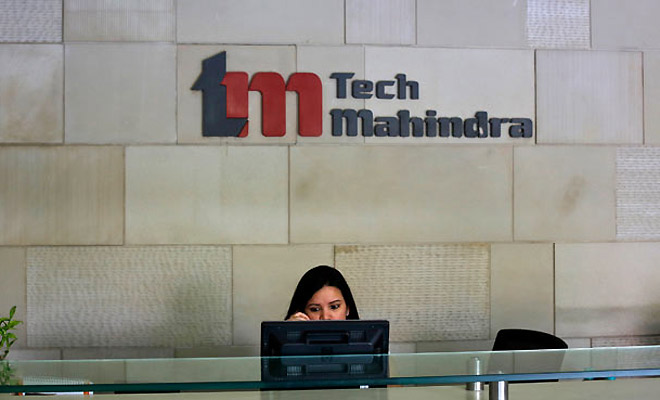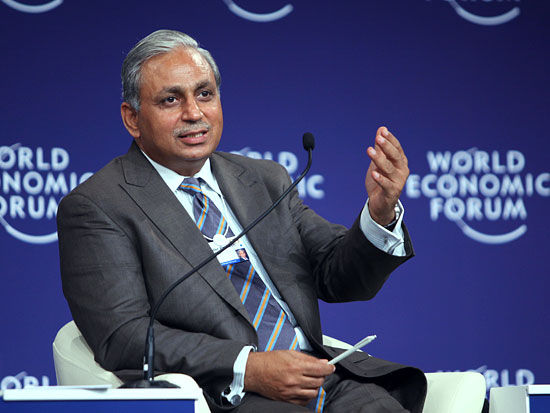The Tech Mahindra PR success
PR Insight
 In 2009, one of the biggest scandals to hit corporate India broke. Satyam Computer Services’ chairman, confessed that the company's accounts had been falsified to the tune of US$1.47-Billion.
In 2009, one of the biggest scandals to hit corporate India broke. Satyam Computer Services’ chairman, confessed that the company's accounts had been falsified to the tune of US$1.47-Billion.
This is every communication person’s worst nightmare come true – a scandal that recalled memories of Enron, bankruptcy, poor employee morale, clients that would require explanations and constant media attention. But the quick action by the government and the buyout by Mahindra helped set the pace towards reputation building.
In 2012, Tech Mahindra Ltd was merged with Satyam Computer Services Ltd and later named Tech Mahindra, creating one of India’s fifth largest software services firm with an annual revenue of US 2.4 billion dollars.
N Chandramouli, CEO – TRA (Trust Research Advisory), says: “The media had gone on a binge on the Satyam crisis. But swift action from the government and an equally efficacious awarding to Mahindra (among other equally capable options) gave a strong sense of purpose to those within and outside. PR happened quite naturally for the new entity as everyone wanted to know the outcome, and was curious about it. What Mahindra Satyam did well, was to be extremely cautious to not do anything wrong.”
Initial communication by the company was careful, transparent and factual. According to Chandramouli: “Gauging from what I read and saw I can say that the best part of the communication was its practical, no nonsense approach. They stuck to a lot of facts initially, only later talking about the future outlook of the company. The communication did not build any false hopes in stakeholders.”
In an interview with the BBC Chander Prakash Gurnani , CEO and MD of Tech Mahindra said: "I was on the road for 250 days in that year, being in front of every client and explaining," he says. "Frankly, all I did that year was talk, talk, talk, talk to the people and customers, day in, day out."
Actions with Employees
 In the same interview to BBC, Gurnani says he also took the tougher decision of not downsizing immediately, but offered a small salary for six months and help in finding a job. Gurnani says: "We decided no, this is not their [the workers'] fault.
In the same interview to BBC, Gurnani says he also took the tougher decision of not downsizing immediately, but offered a small salary for six months and help in finding a job. Gurnani says: "We decided no, this is not their [the workers'] fault.
"They need to go back home and say they're still employed. The family does not want to bear the additional trauma of working in a company that has now been declared Enron, while the neighbour is asking, 'Was this the guy who was a fraud?'"
Credibility lent by the Mahindra group
Tech Mahindra, which is part of the $16.7 billion Mahindra Group, was able to ride on the credibility of its parent company.
Chandramouli says: “Building trust and then losing it is extremely difficult, though it becomes much simpler when it has a brand like Mahindra attached to it. Mahindra Satyam (as it was called before the merger with Tech Mahindra) is a turnaround story that is a perfect PR story. It was one which the world wanted to succeed, considering the circumstances under which the takeover was done. Not only has the success of Mahindra Satyam given Mahindra a firm hold on the IT services space, it has given everyone tremendous hope, and also shown the management prowess of Mahindra. The Satyam saga has the success of Mahindra’s trust written all over it.”
“Mahindra Satyam’s transparency was one of the key factors in building its trust again. It showed a brand eager to show the world what it was doing – something that was missing in the older brand, Satyam.”
Chandramouli adds: “The fundamentals remain the same – the 3 foundations of trust are ‘Building Capacity to Trust’, ‘Showcasing Right Intent’ and ‘Demonstrating Relevant Competence’. Depending on the foundation which is lacking, the trust building strategy would typically focus on building these first.”
If you enjoyed this article, you can subscribe for free to our weekly event and subscriber alerts.
Featured

PR professionals share their views on journalists publicly calling them out on story pitches

Auto blogger renders unconditional apology to Value 360 for defamatory posts

Hottest Indian startups of 2020, Paytm, Dreams 11 lead the charge: Wizikey Report




